8 start with E start with E

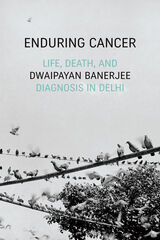
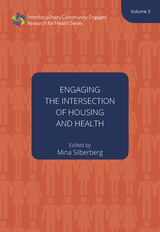
Researchers often hope that their work will inform social change. The questions that motivate them to pursue research careers in the first place often stem from observations about gaps between the world as we wish it to be and the world as it is, accompanied by a deep curiosity about how it might be made different. Researchers view their profession as providing important information about what is, what could be, and how to get there. However, if research is to inform social change, we must first change the way in which research is done.
Engaging the Intersection of Housing and Health offers case studies of research that is interdisciplinary, stakeholder-engaged and intentionally designed for “translation” into practice. There are numerous ways in which housing and health are intertwined. This intertwining—which is the focus of this volume—is lived daily by the children whose asthma is exacerbated by mold in their homes, the adults whose mental illness increases their risk for homelessness and whose homelessness worsens their mental and physical health, the seniors whose home environment enhances their risk of falls, and the families who must choose between paying for housing and paying for healthcare.
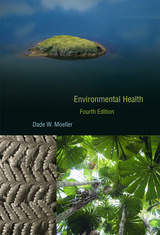
Dramatic changes in the field of environmental health since the Third Edition was published in 2004 demand a new, radically updated version of this essential textbook.
Based on the recommendations of advisory bodies and federal agency regulations, as well as a thorough review of the scientific literature, Moeller’s Fourth Edition is the only fully current text in this burgeoning field. It features new tables and figures, and revisions of those retained from previous editions. Environmental Health is also enriched with the knowledge and insights of professionals who are deeply involved in “real world” aspects of each subject covered.
In eighteen chapters, students receive a complete but manageable introduction to the complex nature of the environment, how humans interact with it, and the mutual impact between people and the environments where they work or live. This new edition emphasizes the challenges students will face in the field: the local and global implications of environmental health initiatives, their short- and long-range effects, their importance to both developing and developed nations, and the roles individuals can play in helping to resolve these problems.
Whether discussing toxicology, injury prevention, risk assessment, and ionizing and non-ionizing radiation, or more traditional subjects like the management and control of air, water, and food, Dade Moeller emphasizes the need for a systems approach to analyzing new projects prior to their construction and operation.
Environmental Health is indispensable reading for practitioners, students, and anyone considering a career in public health.
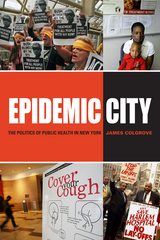
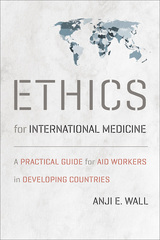
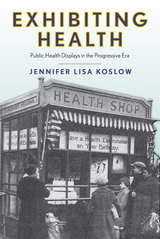
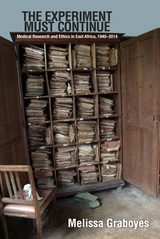
The Experiment Must Continue is a beautifully articulated ethnographic history of medical experimentation in East Africa from 1940 through 2014. In it, Melissa Graboyes combines her training in public health and in history to treat her subject with the dual sensitivities of a medical ethicist and a fine historian. She breathes life into the fascinating histories of research on human subjects, elucidating the hopes of the interventionists and the experiences of the putative beneficiaries.
Historical case studies highlight failed attempts to eliminate tropical diseases, while modern examples delve into ongoing malaria and HIV/AIDS research. Collectively, these show how East Africans have perceived research differently than researchers do and that the active participation of subjects led to the creation of a hybrid ethical form.
By writing an ethnography of the past and a history of the present, Graboyes casts medical experimentation in a new light, and makes the resounding case that we must readjust our dominant ideas of consent, participation, and exploitation. With global implications, this lively book is as relevant for scholars as it is for anyone invested in the place of medicine in society.
READERS
Browse our collection.
PUBLISHERS
See BiblioVault's publisher services.
STUDENT SERVICES
Files for college accessibility offices.
UChicago Accessibility Resources
home | accessibility | search | about | contact us
BiblioVault ® 2001 - 2024
The University of Chicago Press









